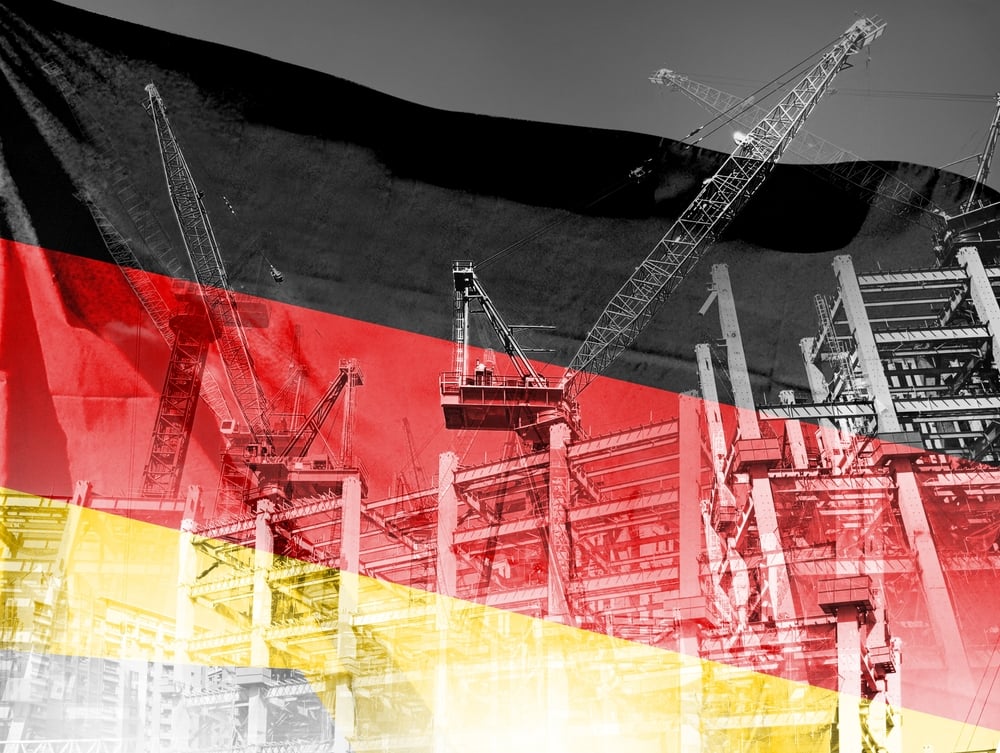German industrial output increased in January, but exports plunged, highlighting the challenges facing the incoming government as it attempts to revive the euro zone’s largest economy amid geopolitical uncertainty.
Exports and Imports Performance
Data from the federal statistics office showed that German exports fell by 2.5% in January compared with the previous month, significantly missing forecasts of a 0.5% increase from a Reuters poll. Meanwhile, imports rose by 1.2% over the same period.
Germany was the only G7 country to post a contraction for two consecutive years in 2023 and 2024. In response, the parties working to form Germany’s next government recently agreed to overhaul state borrowing rules to boost defense spending and allocate 500 billion euros ($541 billion) for infrastructure investments over the next decade.
The foreign trade balance showed a surplus of 16.0 billion euros in January, down from 20.7 billion euros in December 2024 and significantly lower than 25.3 billion euros in January 2024.
Exports to EU countries dropped by 4.2% on the month, while exports to non-EU countries saw a smaller decline of 0.4%. The United States remained Germany’s top export destination in January, but exports to the U.S. fell 4.2% compared with December 2024.
“This still paints a rather unflattering picture of a nation known as an industrial powerhouse,” said Carsten Brzeski, global head of macro at ING.
Signs of Industrial Recovery
Despite the downturn in exports, German industrial production rose by 2.0% in January compared with the previous month, exceeding analyst predictions of a 1.5% increase.
“Industrial production in January was above the average for the fourth quarter, giving hope that it will at least not decline in the first quarter,” said Commerzbank senior economist Ralph Solveen. He added that this could indicate a slight recovery in Germany’s economy at the start of 2025.
Germany’s gross domestic product (GDP) fell by 0.2% in the fourth quarter of 2024 compared with the previous three-month period. The latest industrial output figures, however, suggest some stabilization.
Revised data showed that industrial production in December 2024 declined by 1.5% from November, an improvement from the previously reported 2.4% decline.
Outlook Remains Uncertain
Despite January’s positive figures and the revised December data, industrial production from November to January remained at the same level as the previous three-month period, reflecting stagnation in the sector.
“German industrial production remains about 10% below pre-pandemic levels, even five years after the onset of COVID-19,” Brzeski noted. “Monday’s data confirms the bottoming out of Germany’s industrial slump, but it is too early to call any substantial turnaround.”
Additionally, German industrial orders in January fell by 7% compared with the previous month, signaling continued challenges for the country’s manufacturing sector.





















